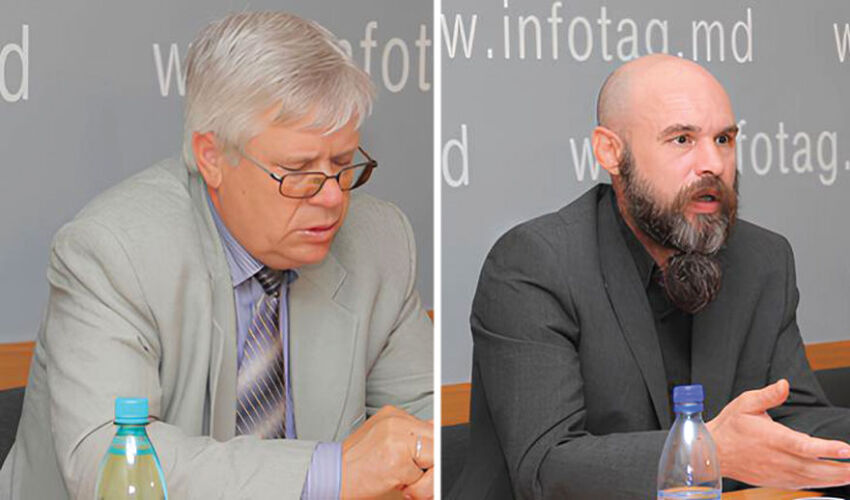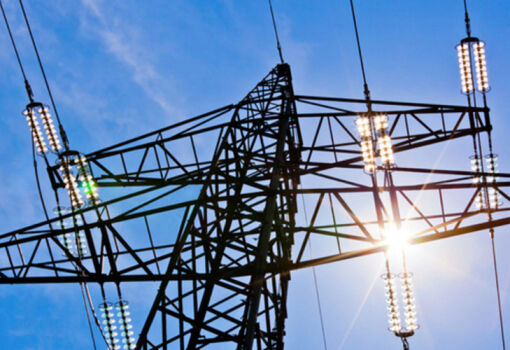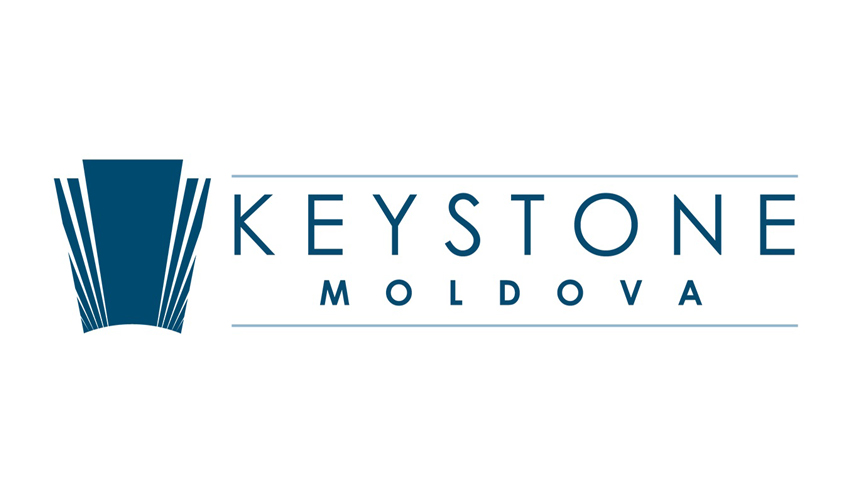
Vladimir Garaba, Dmitry Arion
The capital has prepared the first report on the assessment of risks and vulnerabilities related to urban heat islands – Urban Heat Island (UHI), within the framework of the project “Be ready”, funded by the Danube Transnational Program and implemented by the General Directorate of Architecture, Urban Planning and Land Relations.
Urban heat islands occur when cities replace natural vegetation cover with a dense concentration of sidewalks, buildings and other surfaces that absorb and store heat. And if industrial enterprises and cogeneration plants, as well as a large number of motor vehicles operate in the city, they not only emit heat, but also pollute the atmosphere with their emissions.
The heat island effect increases energy costs (e.g. for air conditioning), in congested areas of the city increases heat stress for residents, and according to studies, leads to increased illnesses and deaths. Urban heat islands are very dangerous during summer heat waves, which due to global climate change have become increasingly common in Chisinau.
The report proposes the development and maintenance of green spaces, the promotion of green roofs and sustainable drainage systems, and the integration of green surfaces into urban planning as key measures.
Unfortunately, in Chisinau, the problem with the preservation and expansion of green areas is more acute than ever. According to experts’ estimates, the green cover in the capital is between 15% and 25% of the total area of the city, depending on the specific territory.
The report says that the city has lost many hectares of green space over the past decades due to tree felling, chaotic development in green areas, and a lack of strategic vision to expand green spaces. In 1990, the area of green spaces within the built-up area of Chisinau municipality was 4141.0 ha, and in 2018. – already 3656.9 ha (-12%). To date, the exact boundaries of green spaces, the number, species and phytosanitary health status of trees and shrubs in the city are unknown.
The problem of rising temperatures in the city has long been a concern for environmentalists. According to Vladimir Garab, the chairman of the Chisinau territorial organization of the “Ecological Movement of Moldova”, he noted 20 years ago that Chisinau is getting warmer and warmer compared to the surrounding areas.
“I know for a fact that in Chisinau the temperature is 2 degrees higher than in the periphery,” he says. – In the city, trees blossom a week earlier than in the surrounding villages. But such a phenomenon as heat island should not scare anyone, it is observed in many countries. The higher the level of urbanization, the higher the temperature in the city.
Most roads and sidewalks in Chisinau are covered with asphalt or concrete, which contribute to the accumulation of heat during the day and its release at night, exacerbating the UHI effect. A lot of heat is emitted by transportation, as well as by water bodies within the city. Vladimir Garaba believes that the solution to the problem is to increase green spaces, which are able to cool the air. Of course, it is necessary to insulate houses, which will not only keep the heat inside the apartment, but also prevent its release outside. And, if it is difficult to reduce, at least not to increase the amount of transportation, which today is 2-3 times more than it is provided for in the design of Chisinau.
“For 20 years, Chisinau has lost hundreds of hectares of green spaces. Trees are cut down under various pretexts, and this process, unfortunately, cannot be stopped,” says Vladimir Garaba. – Moreover, there is not even information about how many trees the city has lost”. Despite the requirements of the law, Chisinau has not yet created the Cadastre of Green Plants and the Register, in which every tree should be registered after inventory. Only then it is possible to control its preservation.
“The problem is that in Chisinau there is no place to plant trees and increase the area of green spaces anymore. There was an opportunity to plant parks on two territories in the Ciocana sector, but they were allocated for the development of residential areas,” the ecologist says.
One of the reasons for the heat islands are design flaws in the construction process, said Dmitry Arion, Chairman of the public environmental organization Viitorul Verde. Earlier, when designing Chisinau, they took into account the wind rose and the rules of building placement. And the dense building, which is practiced nowadays, when houses are built wall to wall, causes additional heating of the air. Today there is no law that would oblige the design of houses to provide for sanitary zones, including green spaces.
“The MP “Association of Green Economy” has no development strategy, the goals of greening the city are not clear. For example, different tree species are planted chaotically, without taking into account their functionality,” says Dmitry Arion.













